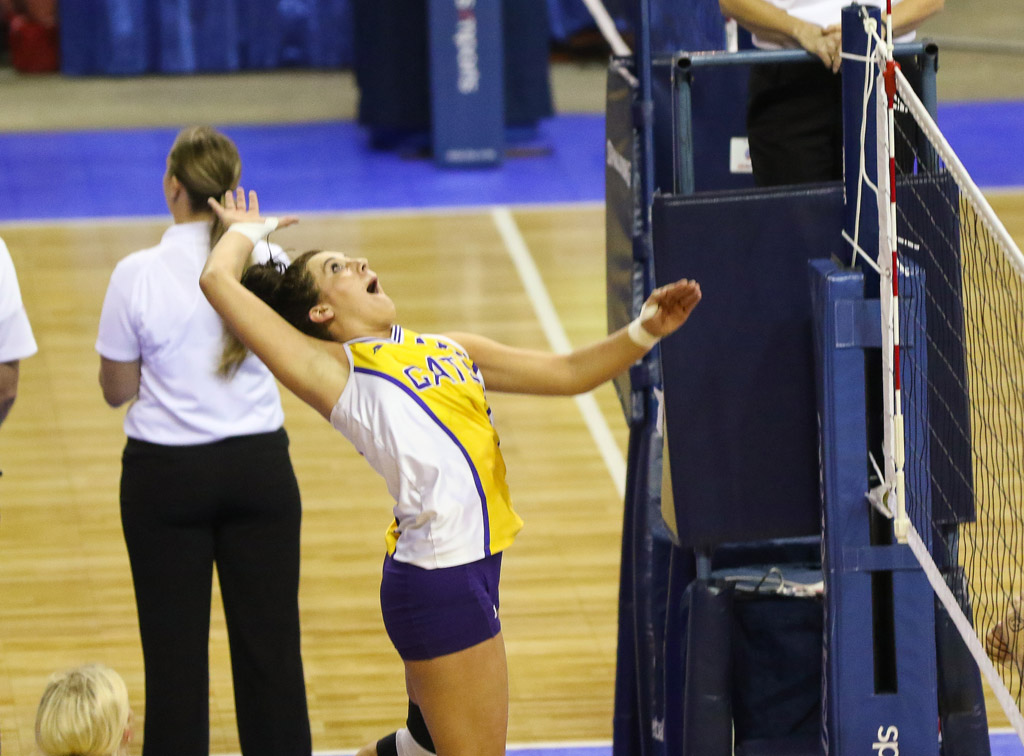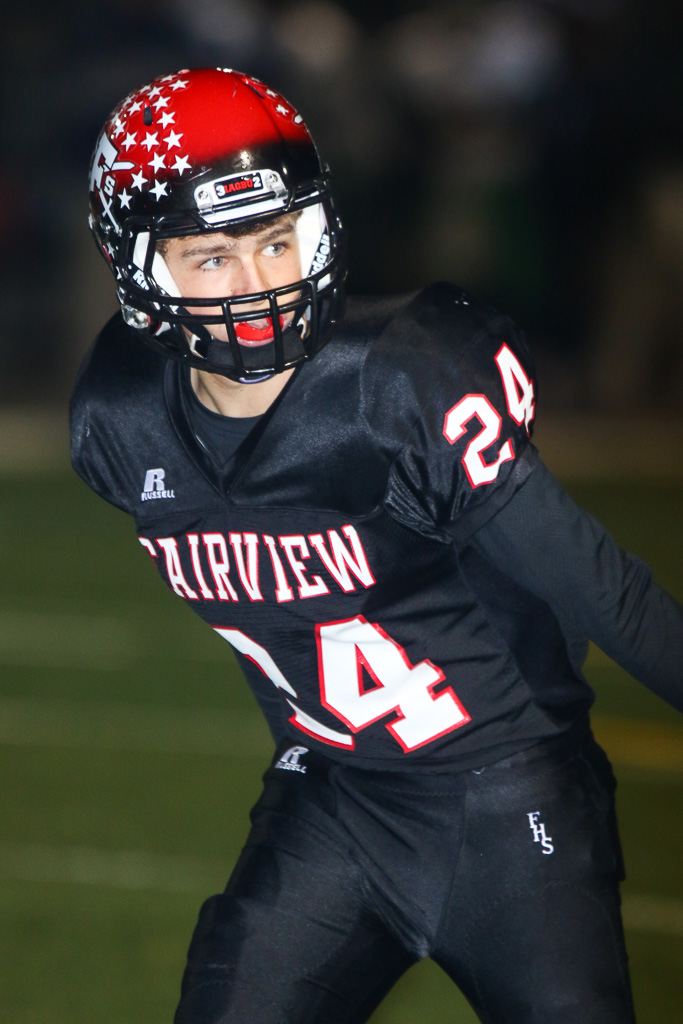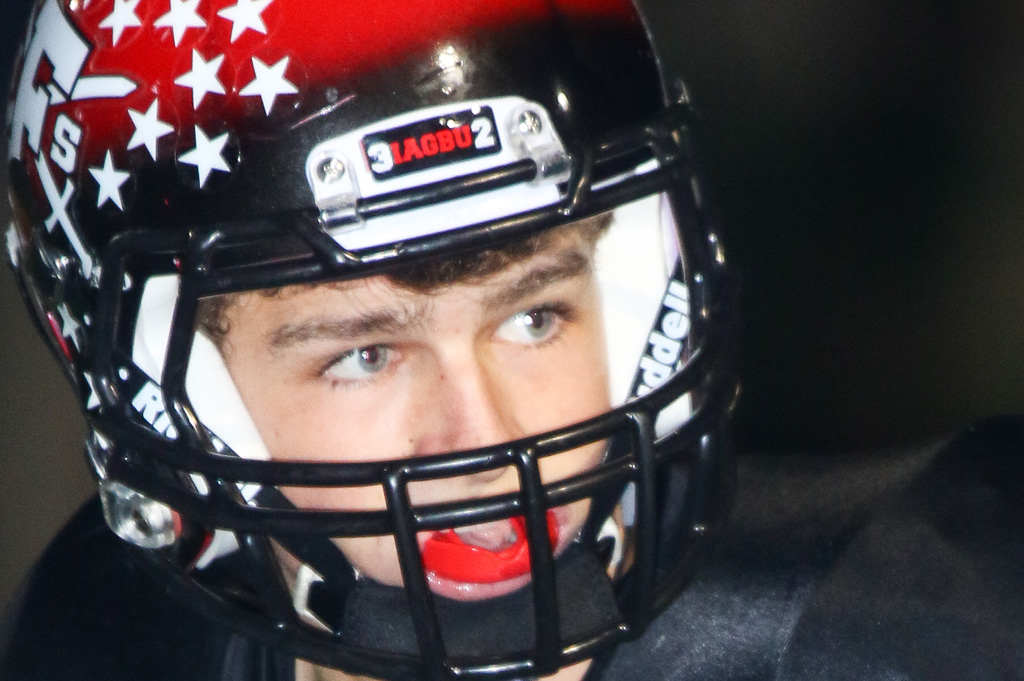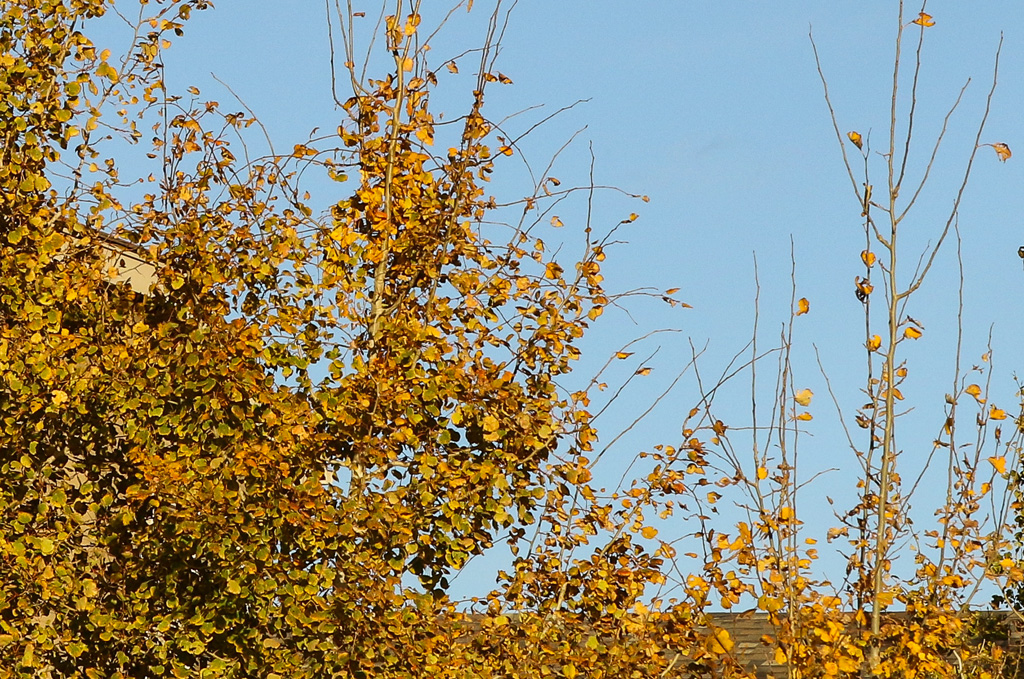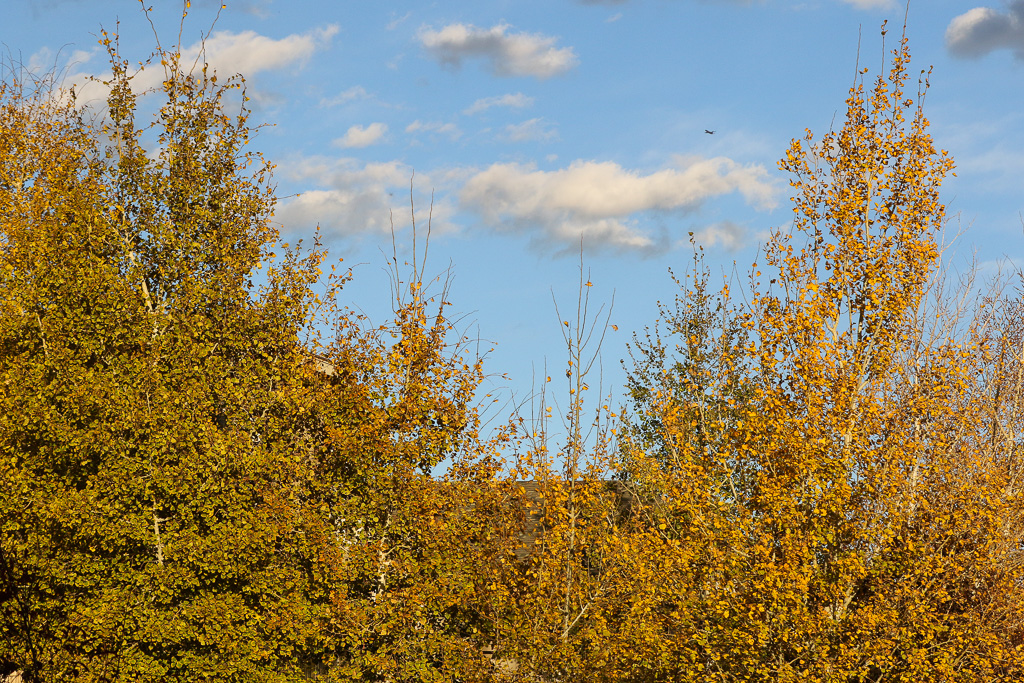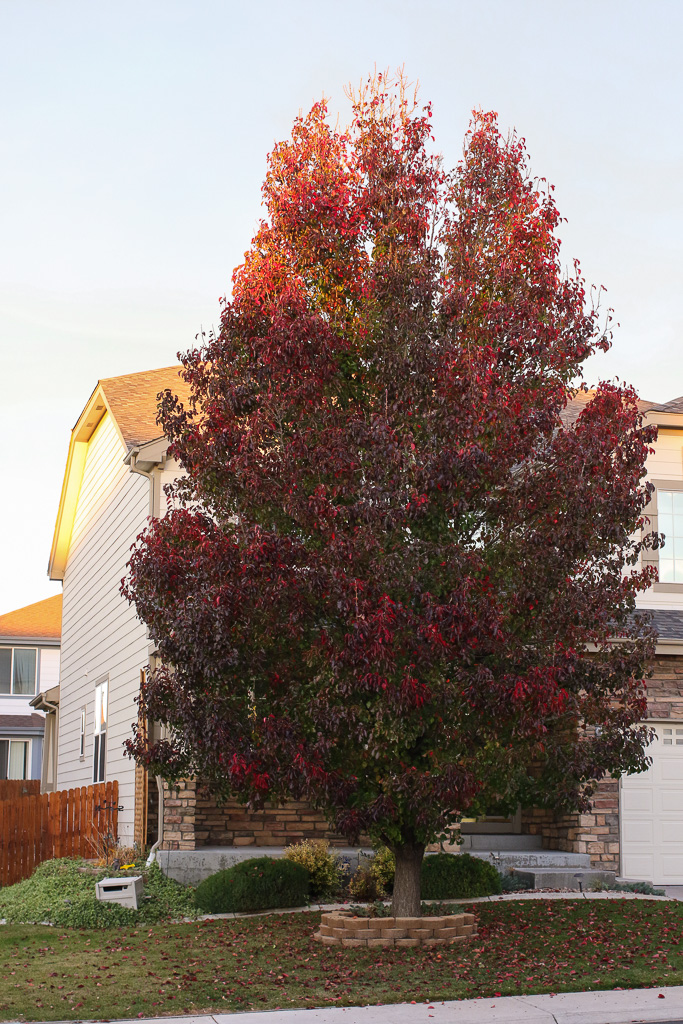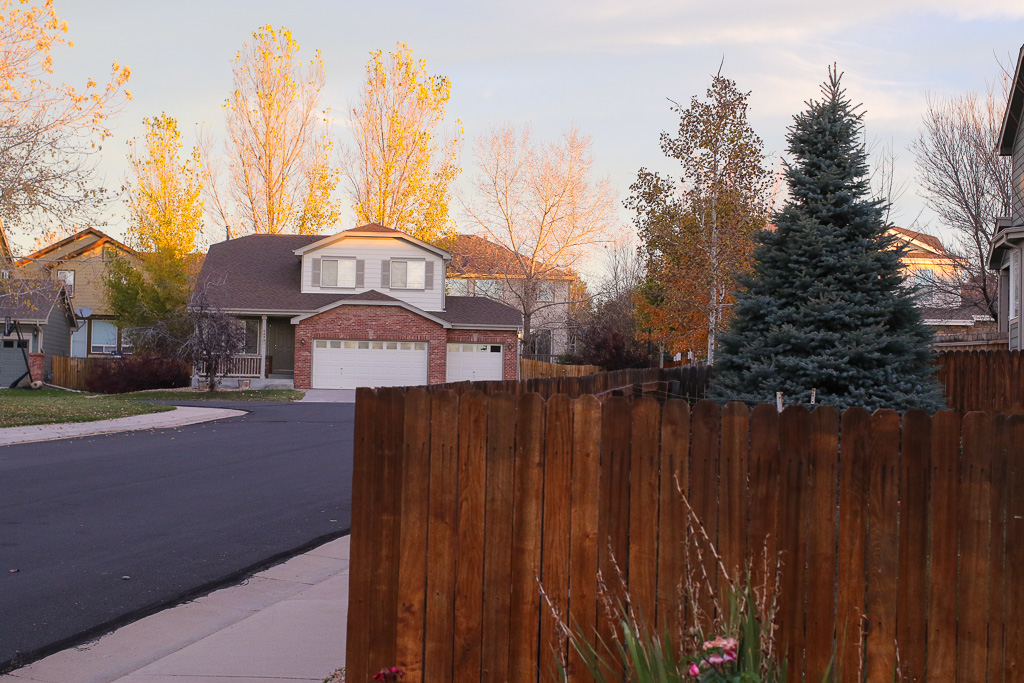I purchased a Canon 7D MKII, hoping that it would be the camera that I had dreamed the original 7D would be. In other words, a smaller, more affordable body usable for sports photography. The 7DII is an improvement on the original, but ultimately I found it suffered from some of the same flaws that led me to dismiss the 1st version. By way of background, I am an all-purpose photographer. I shoot portraits, weddings, sports, and nature. I bought the 7D MKII to use primarily for sports and wildlife photography. The advanced autofocus system, 10 FPS motor drive, weather sealing, and strong build quality led me to hope this camera would fill a niche. And it almost does. Unfortunately, I either got a body that needed some adjustment or Canon released a camera that wasn’t quite ready for prime time. There’s a lot to like about the 7d MKII, but I couldn’t justify keeping it. In time, maybe I will feel differently as RAW processors become available and AFMA software such as Reican Focal come out with updates for the body.
For this test, I mated the camera to my 70-200 2.8 II lens. I used the 7D MKII at a volleyball tournament to test out the autofocus and performance of the camera. I also shot a few landscape shots to assess image sharpness and dynamic range. Here are some of my conclusions.
Build Quality and Handling
First, I have to say this is a well-made camera. It feels hefty and solidly made. Gone are the days of prosumer digital SLR cameras that felt like they would break just by holding them in your hand. The controls are laid out very well and the buttons are intuitive. Anyone who has used a 5D will feel right at home. The camera is weather sealed robustly. The only thing that worried me is that if I dropped the camera, the built-in flash would be the weak point. Otherwise, this camera feels like a pro body. I did not get a chance to use the new controller on the back to select autofocus points, however.
Autofocus
This camera has a very similar autofocus system to the 5D MKII and the 1DX. The autofocus menus and modes are almost identical to these cameras. It has the extra processing chip, a la the 1DX, to allow for iTR metering and assist with autofocus. The autofocus seems very fast and crisp. I had very few totally out of focus images using the 70-200 2.8 II. The problem came when I zoomed in and critically assessed the sharpness of the images. Many were slightly out of focus. This occurred even on almost stationary subjects like players serving. I often had hands or balls in focus instead of the area where the center autofocus point was aimed at–the head and torso. Here are a couple of examples. The first shot is a small size jpeg of the whole image while the second shot is a 100% crop of the full size image showing the area of interest.
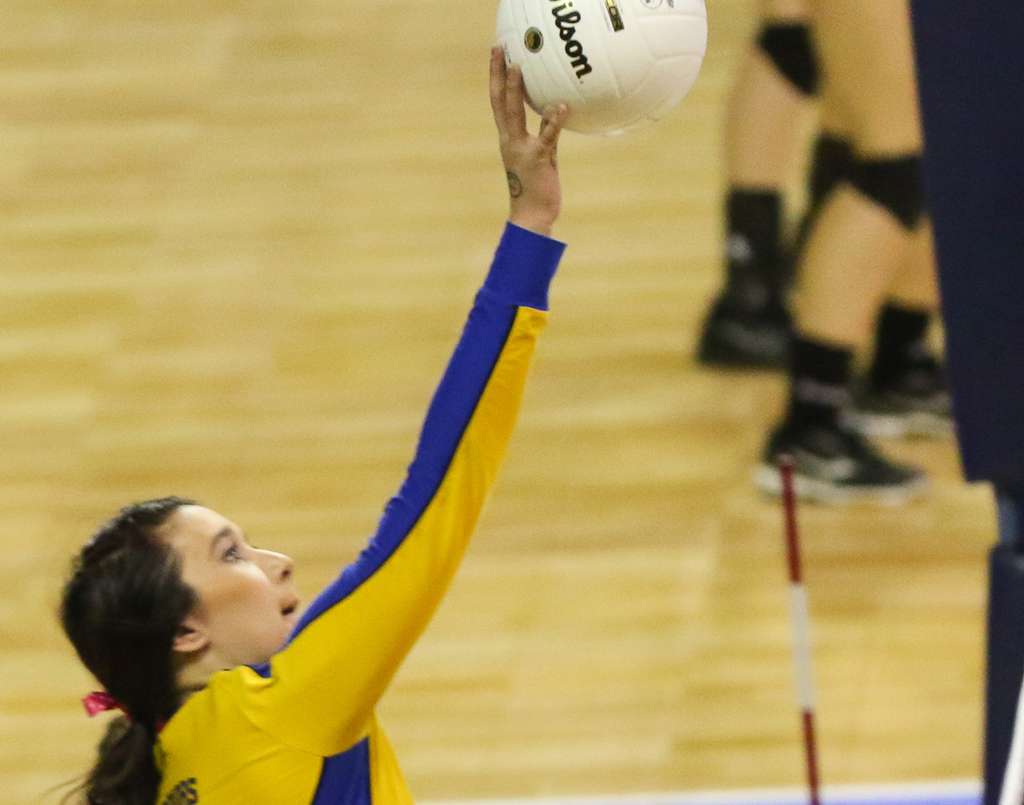 Here, the camera has gotten the ball in perfect focus, but it is in the top of the frame. The center point was aimed at the player’s head and torso.
Here, the camera has gotten the ball in perfect focus, but it is in the top of the frame. The center point was aimed at the player’s head and torso.
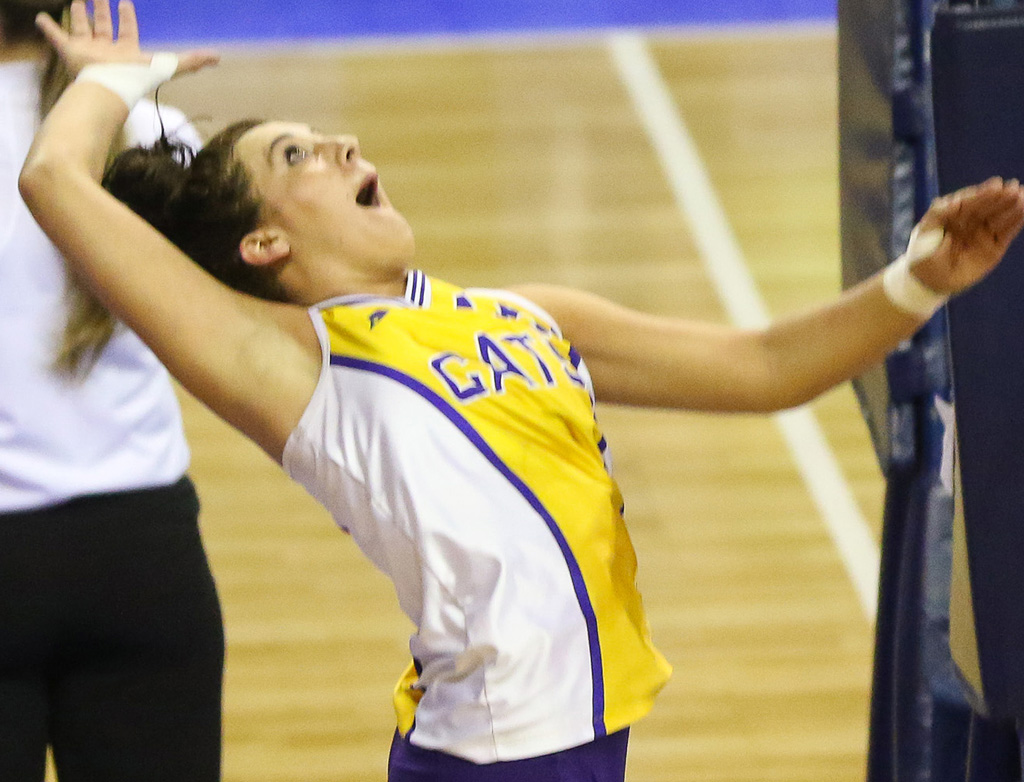 In this image, again the camera seems to have just missed its mark. The very bottom of the player is in focus while the top is out.
In this image, again the camera seems to have just missed its mark. The very bottom of the player is in focus while the top is out.
This ‘m Here, I’m using a 400 f4 DO at f4. The player is standing still but image is slightly soft. This one is actually probably good enough to print, but it is still annoying to know it is not perfectly sharp on a stationary object.
Using the 400 f4 seemed to reduce the speed of the autofocus noticeably. Losing the one stop of light really seemed to diminish the autofocus performance. Autofocus performance without a 600 EX RT attached was also less than stellar in the dark conditions of a high school stadium. This may have contributed to focusing issues as well.
High ISO
The camera produces slightly noisy files at ISOs above 800. By the time you get to 6400, I wouldn’t use the camera at settings 6400 and higher without significant noise reduction being applied. Unfortunately, since the file is not detail rich to begin with, this really muddles the files. I applied very conservative noise reduction to the ISO 3200 files and it produced adequate results. But with a full frame camera like the 5D MKMII, this is not even necessary until ISO 6400.
Image Quality
In addition to autofocus, I also came away with the impression that image quality is still lacking in Canon APS-C sensors. In comparison to a Sony file or a Sigma DP Merrill, Canon sensors are lackluster when it comes to sharpness, and in particular, dynamic range. The images below show dark shadows and blown out highlights. In order to get a good landscape shot, you would have to use bracketed exposures and then combine them in a program like Photomatix to capture all the detail out of a scene. This isn’t such a big deal in sports photography, but it really precludes using this camera for landscape or detail work. I won’t give a conclusive finding on image quality of the 7D MKII, however, until RAW converters come out. These are in camera jpegs. But just eyeballing, I would say Canon has a ways to go in this respect. The IQ is definitely better than the original 7D, but not significantly.

